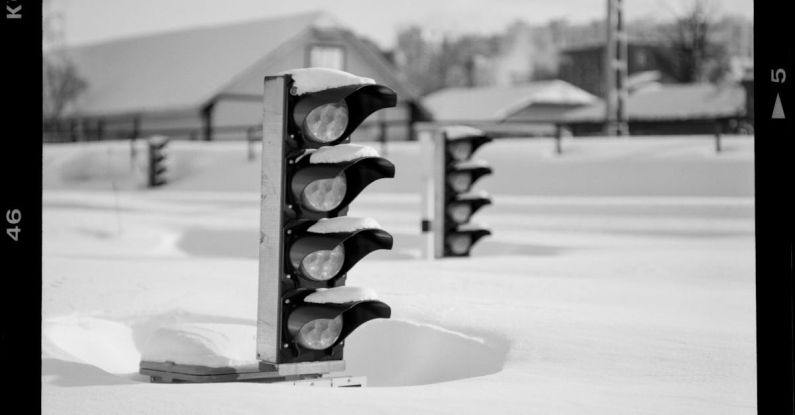
Cycling in adverse weather conditions can be challenging and potentially dangerous if proper precautions are not taken. Whether you are a seasoned cyclist or a beginner, it is essential to be aware of the guidelines for cycling in adverse weather to ensure your safety and enjoyment on the road.
Understanding the Weather Forecast
Before heading out for a ride, it is crucial to check the weather forecast for the day. Pay attention to not only the temperature but also factors such as wind speed, precipitation, and visibility. Being informed about the weather conditions will help you prepare adequately and make decisions about your route and gear.
Dress Appropriately
One of the key guidelines for cycling in adverse weather is to dress appropriately for the conditions. Layering is essential, especially in cold and wet weather. Start with a moisture-wicking base layer to keep sweat away from your skin, add insulating layers for warmth, and top it off with a waterproof and windproof outer layer to protect you from the elements. Don’t forget to wear gloves, a hat, and shoe covers to keep your extremities warm and dry.
Visibility is Key
In adverse weather conditions, visibility can be significantly reduced, making it crucial to make yourself as visible as possible to other road users. Wear bright and reflective clothing, and consider adding lights to your bike, both front and rear, even during the day. Having a bright rear light and reflective gear can make a big difference in ensuring that motorists can see you in low light or rainy conditions.
Adjust Your Riding Style
Cycling in adverse weather requires adjustments to your riding style to ensure your safety. Reduce your speed and increase your following distance to allow for longer braking distances on wet or slippery roads. Be extra cautious when cornering or braking, as surfaces may be slick. Avoid sudden movements and try to anticipate potential hazards well in advance.
Maintain Your Bike
Before heading out in adverse weather, it is essential to ensure that your bike is in good working condition. Check your tires for adequate tread and inflation, as well as your brakes for responsiveness. Keeping your chain clean and lubricated can also help prevent issues in wet conditions. Regular maintenance will not only improve your bike’s performance but also reduce the risk of mechanical failures while riding in adverse weather.
Stay Hydrated and Fueled
Even in cold or wet weather, it is essential to stay hydrated and fueled during your ride. Dehydration can still occur in cooler temperatures, so be sure to drink water regularly. Pack energy bars or gels to keep your energy levels up, especially on longer rides. Staying properly fueled and hydrated will help you maintain your focus and performance on the bike.
Plan Your Route Carefully
When cycling in adverse weather, it is advisable to plan your route carefully. Consider avoiding busy roads or areas with poor drainage that may become flooded in heavy rain. Opt for routes with lower traffic volume or dedicated bike lanes to reduce your exposure to vehicles. Familiarize yourself with alternative routes or sheltered areas where you can take cover if the weather takes a turn for the worse.
Conclusion: Be Prepared and Stay Safe
Cycling in adverse weather conditions can be a rewarding experience with the right preparation and precautions. By dressing appropriately, staying visible, adjusting your riding style, maintaining your bike, staying hydrated and fueled, and planning your route carefully, you can enjoy your ride safely in challenging weather conditions. Remember to always prioritize your safety and be prepared for any unexpected changes in the weather. Stay safe and happy cycling!





